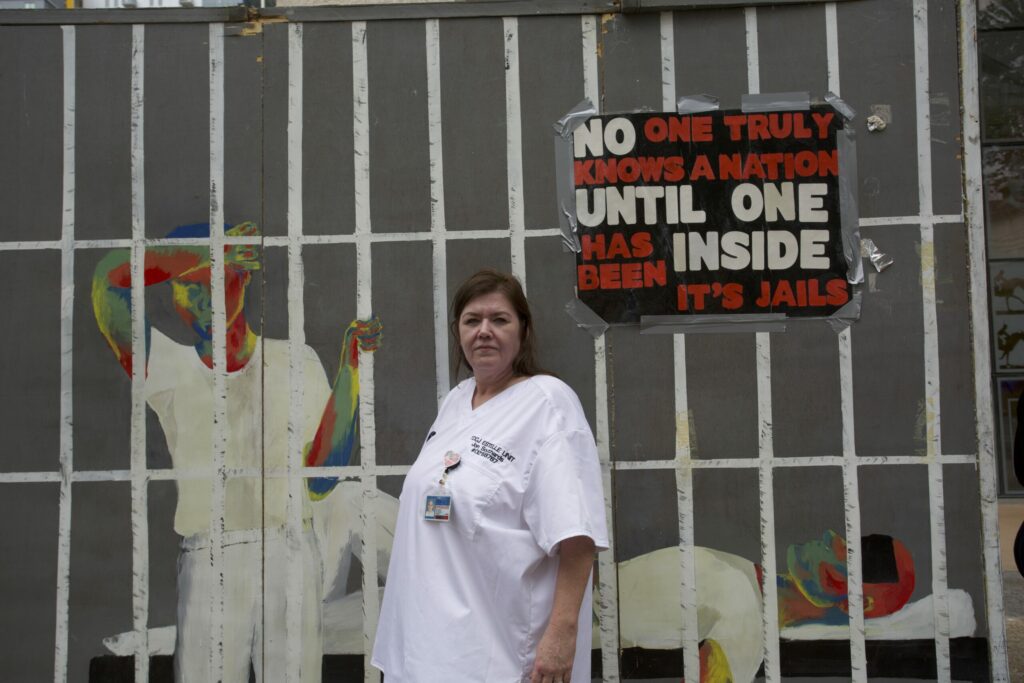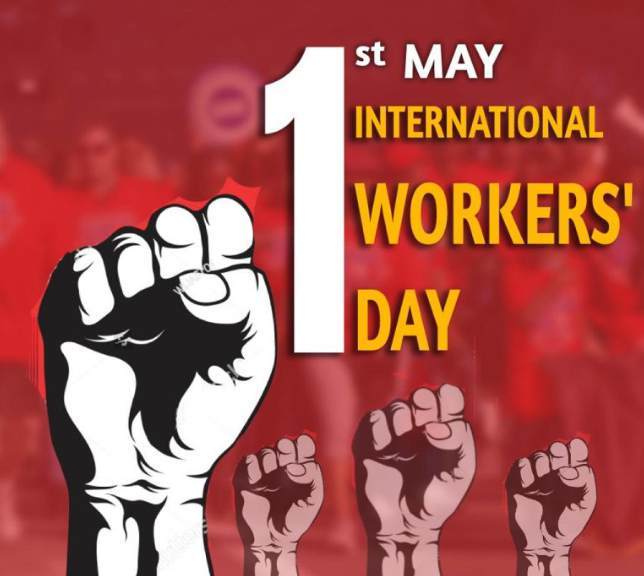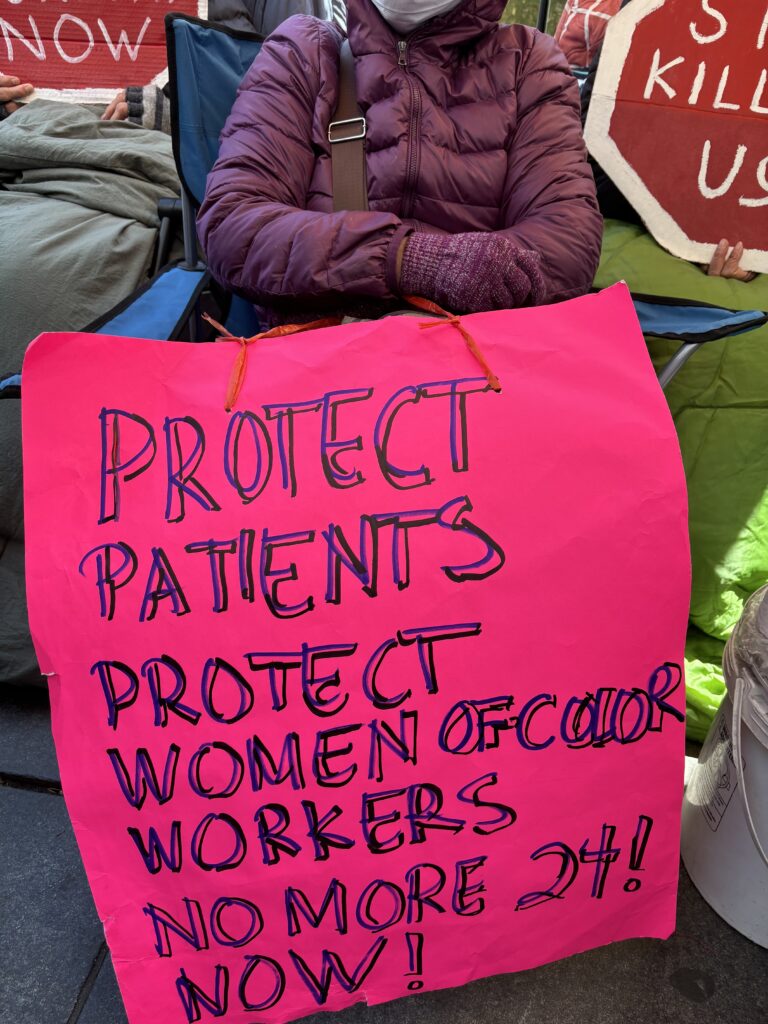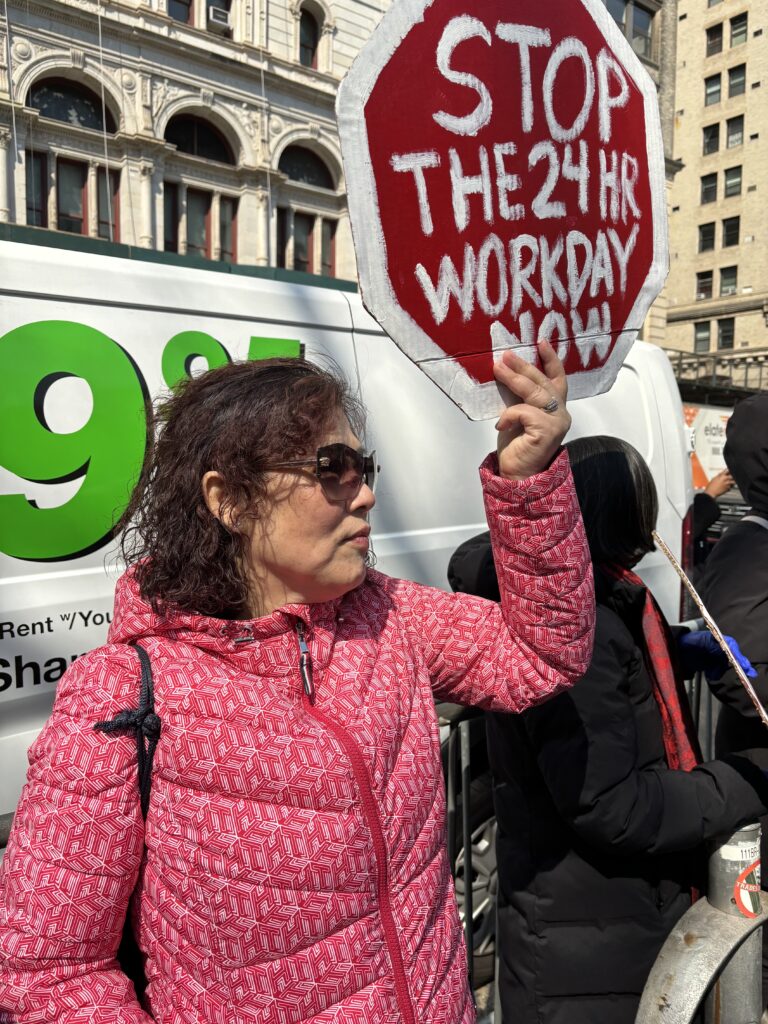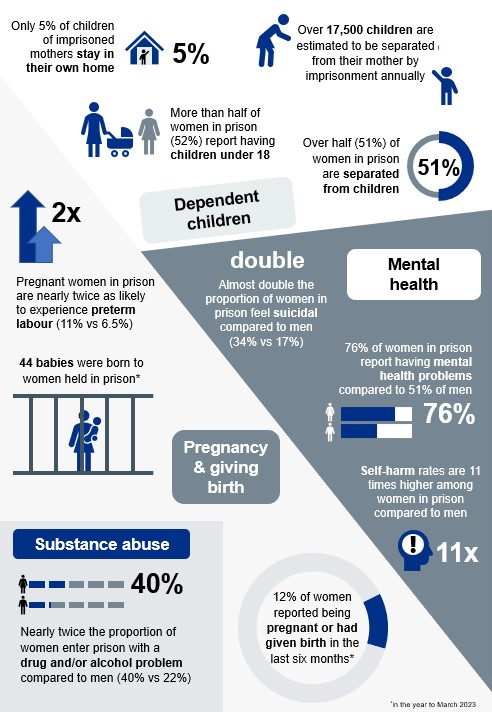
Mughalgarhi village is in Hathras District in Uttar Pradesh, in northern India. It’s about 220 miles south of the state capital, Lucknow. At some point today, over a hundred people, mostly women and children, were crushed and or suffocated to death at the end of a large gathering. Yet again. And, yet again, the reports insist on describing this horrific and tragic event as a “stampede”. Al Jazeera headline: “Death toll from India stampede rises to 116”. New York Times headline: “Stampede at Religious Gathering in India Kills More Than 100”. ABC News headline: “Stampede at religious event in India kills more than 100, mostly women and children”. Washington Post headline: “More than 100 killed in Indian religious event stampede, officials say”. CBS Newsheadline: “Stampede at religious gathering in India leaves at least 116 people dead”. The rest of the news media reserved “stampede” for the bodies of their respective articles, but the consensus was that a stampede had happened. And yet again that stampede resulted in the deaths of mostly women and children.
Stampedes occur all the time, at least according to the news media. Most recently, stampedes have been reported on in Rwanda, Saudi Arabia, and Gaza. Before, they’ve happened in South Africa, Bangladesh, Pakistan, Indonesia, Côte d’Ivoire, Thailand, the United States, South Korea, El Salvador, Guatemala, France,England, and all points between and beyond. This is a drastically reduced list. Each event was horrific and tragic, but at some level the humanity of the horror and the tragedy is diluted, if not obviated, by the descriptor, stampede.
There was no stampede. There was no surge or rush. There was a place, constructed by hands and tools and design and policy. That place was planned. That people were killed there is either a failure of the plan or built into the plan, but what is clear is that, once again, people, the majority of whom were women and children, were sacrificed by that plan. Again, there was no stampede. As one survivor explained, “There was no way out, and people were falling on each other”. There was no way out. As one member of parliament put it, “Look what happened and how many people have lost their lives. Will anyone be accountable?” Another member of parliament responded, “Every year, these kinds of incidents keep repeating themselves, and we learn nothing”. We learn nothing.
(By Dan Moshenberg)
(Image Credit: Ad Reinhardt, Abstract Painting No. 5 / Tate Modern)

